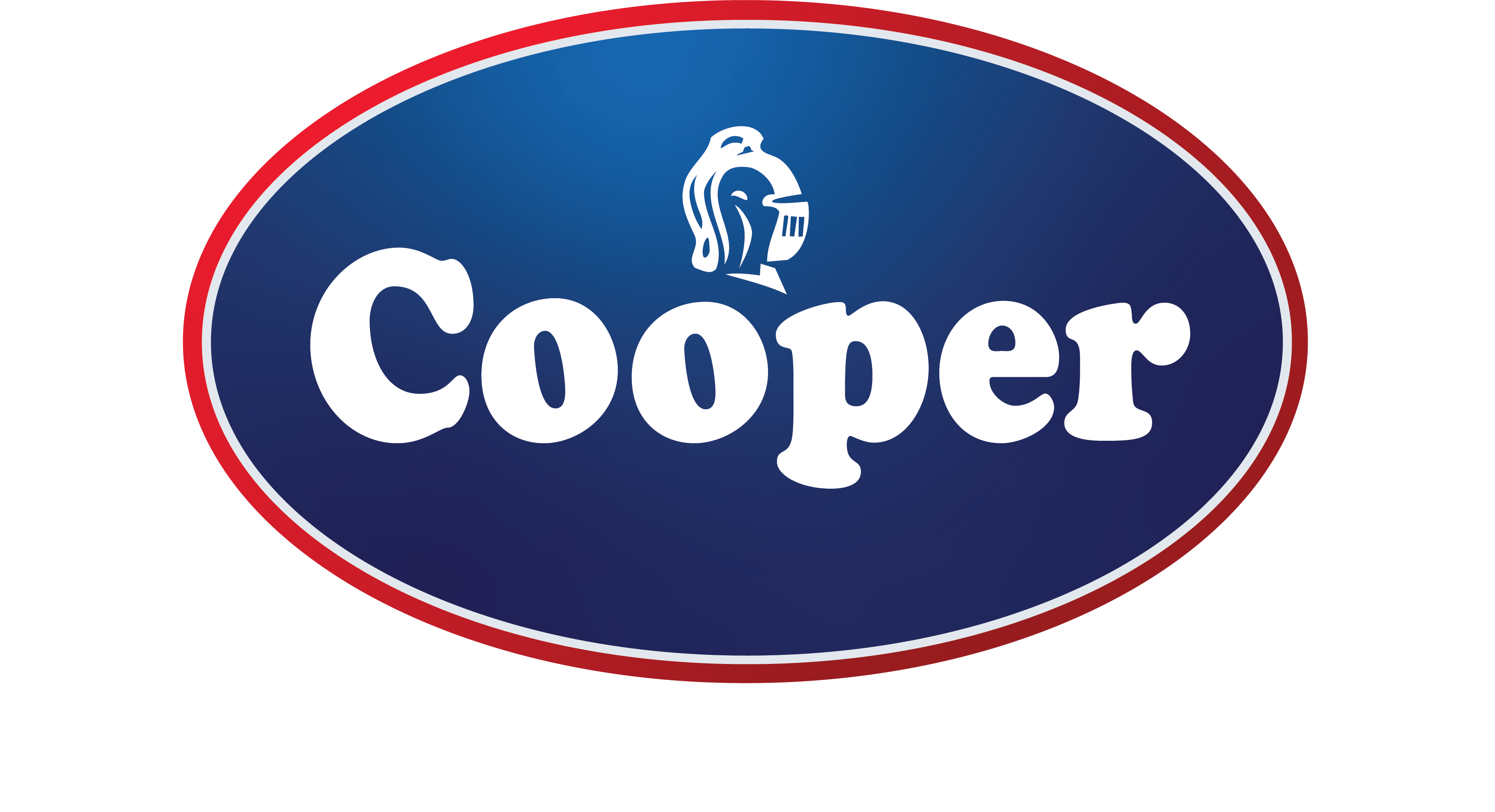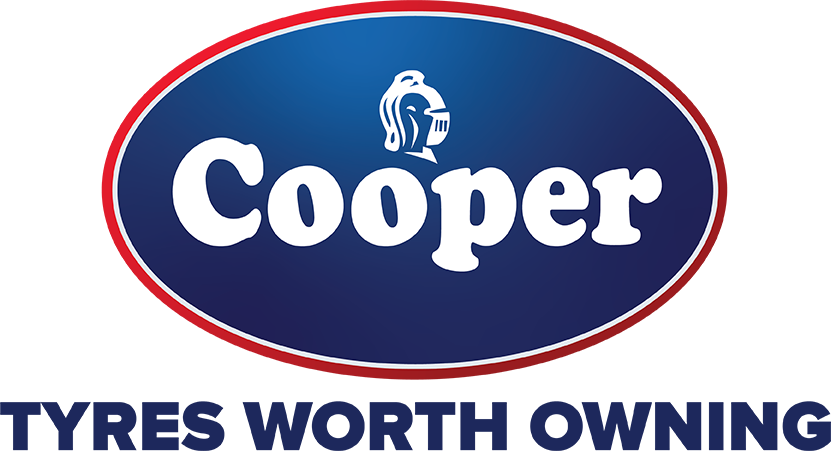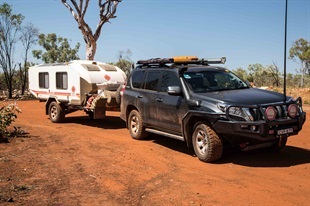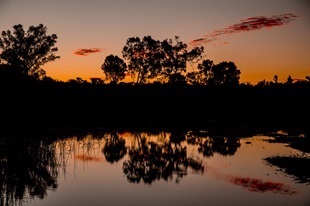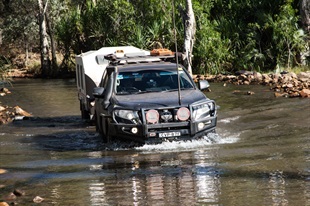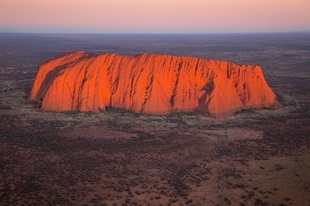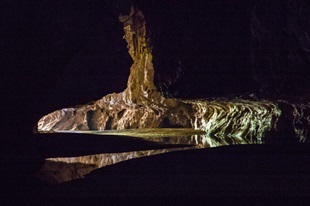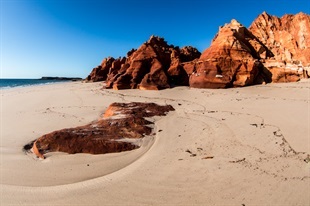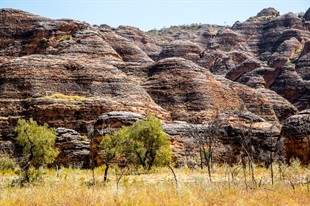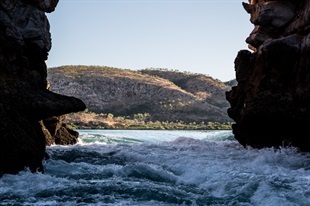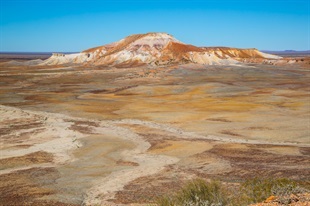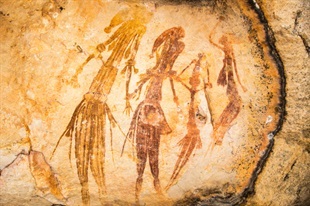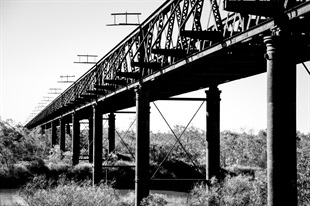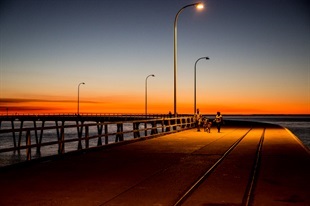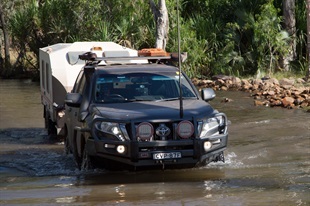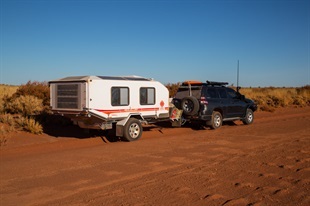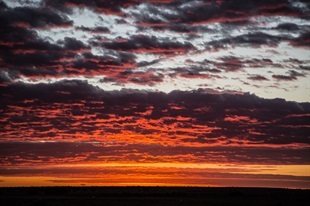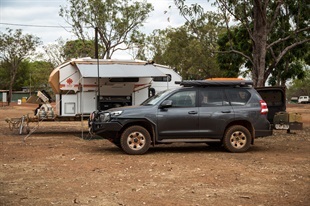Trekking Australia – If we saw a brown sign we turned off and went exploring
My wife and I have just returned to our home in Sydney after travelling through Central Australia to Cape Leveque and back.
The Route
Our approximate route was – Sydney, Griffith, Mildura, Menindee, Broken Hill, The Flinders Ranges, Oodnadatta (via the Oodnadatta Track), Coober Pedy (through the Painted Desert), Uluru, Kings Canyon, Glen Helen, Alice Springs, Halls Creek (via the Tanami Road), The Bungle Bungles, Fitzroy Crossing, Broome, Cape Leveque, Derby, Kununurra (via the Gibb River Road), Timber Creek, Katherine, Darwin, Kakadu, Tennant Creek, Mount Isa, Quilpie, Cunnumulla, Bourke, Dubbo, Sydney. There were a lot of side trips – e.g. Mungo National Park, Wilpena Pound, the East MacDonnell Ranges, Tunnel Creek, Litchfield, South West Arnhemland, Wolfe Creek Crater, Peak Ridge Telegraph Station, etc. Basically if we saw a brown sign we turned off and went exploring.
Trip Preparation
In total we travelled 21,238 kilometres over 20 weeks. Before setting off we started researching tyres to undertake what for us was to be an adventure, we set about acquiring the Prado, the Kimberley Karavan and all the accessories and the things one needs to undertake such a journey. One of the most difficult choices we needed to make was which tyres – both brand and type. After a few months of debate and much research we bit the bullet, bought some new 17” steel rims for the Prado (in itself not the easiest or in fact cheapest of exercises) and went with the 265/65R17 Cooper S/TMAXX tyres.
After the trip our tyres had not worn at all – there is one small stone chip on one of the rear Prado tyres (my fault it happened in Palm Valley I chose the incorrect traction setting and was a little heavier footed than I needed to be) – so I’m hoping to get a few more trips out of them yet. I had the same wheels and Coopers fitted to the Kimberley Karavan so I was essentially travelling with four spares (one each on the van and Prado and two additional wheels on the van if things got desperate).
Balranald to Mungo NP
The first real “off-road” excursion we did was when we drove from Balranald to Mungo NP – a day excursion without the van. We came across some serious roadworks – it was essentially 2kms of quagmire that was being graded after some heavy rain. The work crew suggested we drive around the “long way” rather than chance the road. After some debate and to save 80 kilometres additional driving, we decided to chance the road. The Coopers got us through. By the time we got back to Balranald my guess is we had 100 kilograms of red mud under the car. The car wash guy in Mildura reckons he could have top dressed his lawn with the amount of clay I washed off.
Old PeakE Telegraph Station
We then drove into the Old Peake Telegraph Station – about 40 kilometres return – off the Oodnadatta Track. We decided to tow the van rather than leave it in the middle of nowhere. The track was in very poor condition, very dry with lots of steep gravel covered inclines and declines. We came across two vehicles one of which had broken a shock absorber. The Prado handled it better than I expected and I did remark to my wife at the time that we would not have been able to do that on the Dunlops (which is what Toyota supply with the vehicle). The drive was an hour each way.
Palm Valley
The third one that comes to mind is the drive into Palm Valley near Hermansburg in the West MacDonnell Ranges. The sign when you turn of the sealed road comes with a cautionary message – “severe 4WD Route – allow 3 hours.” We weren’t sure whether that was 3 hours each way or 3 hours return. The distance into Cycad Gorge was 22 kilometres. We did the first 16 kilometres in about 20 minutes and wondered what the sign was getting at. Then we passed the camping ground (18 kilometres from the main road) and the road deteriorated to something I imagine a lunar rover would have trouble with. Even though the going was very slow – in hindsight we probably could have walked the last 3 kilometres in less time – it was also quite challenging with lots of steep washed out gravel and very smooth flow rock. The Coopers handled it all with ease.
El Questro
At El Questro we drove into to Explosion Gorge crossing the Pentecost River and then later we drove up onto the high ridge. We also safely navigated any number of water crossings – one in particular being deep and with a lot of wet sand. The Prado and Coopers handled the lot including the very sandy track into Cape Leveque.
Tyre Performance
The thing that has impressed me the most with the tyres is their grip. I know I have nearly 3 tonnes of vehicle riding on them and gravity helps, but they don’t seem to slip and provided you don’t do anything silly, you would get through most obstacles/road challenges. I can’t really comment on how they perform on wet tracks/roads as we only had a little rain as we came into Sydney on the way home.
I should also mention that I fitted a Kimberley Tyre Pressure Monitoring System to all of my wheels. The system worked a treat! What I never realised is how tyre pressures and temperatures fluctuate/increase. I did get concerned in the last part of the trip with higher ambient air temps – say mid/high 30s – and watched the temps in the rear and van tyres register over 60 degrees Celsius. My starting pressures on dirt were 22psi in the front and 28 in the rears and van. The pressures would build to mid 30s and low 40s respectively.
Wrap up
The trip was definitely an adventure, with our highlights being, Uluru/Kata Tjuta, The Bungle Bungles, Cape Leveque, the Flinders Ranges, Kakadu/Litchfield, Lake Argyle/Kununurra and the edge of the Simpson Desert. I particularly enjoyed the two weeks we spent on the Gibb and the overnight trip out to the Horizontal Falls was fantastic. From our perspective, we have found the S/TMAXXs to be superb and have been and will continue to recommending them to friends and fellow travellers.
